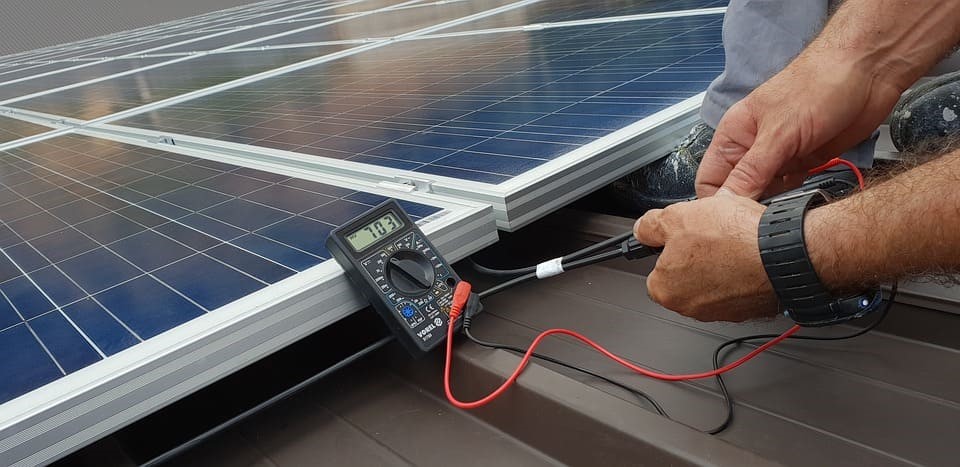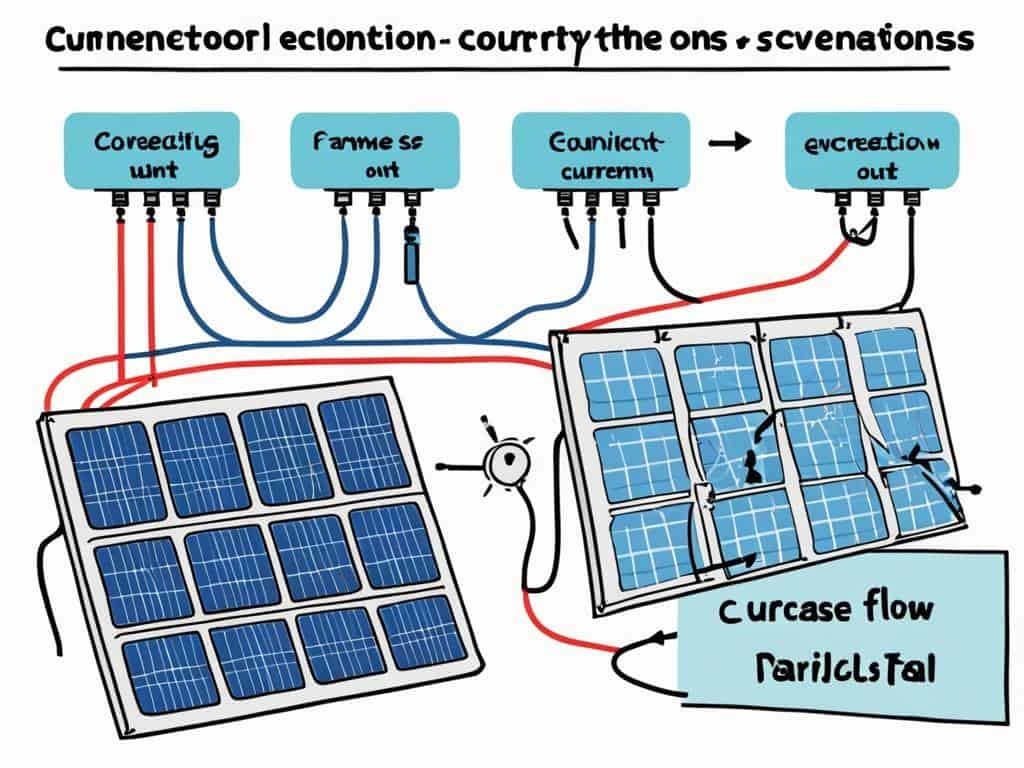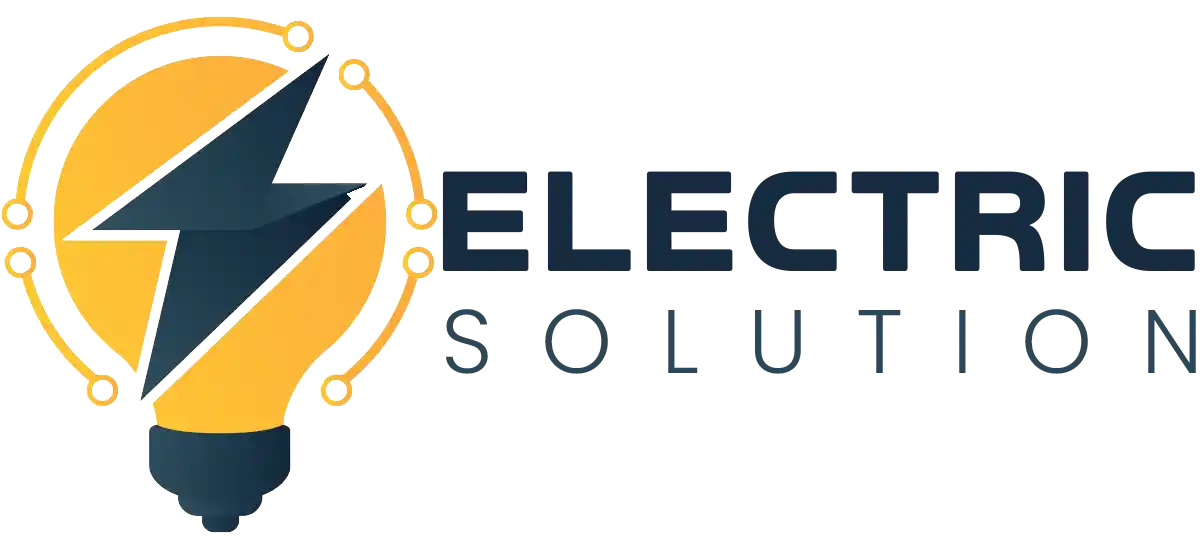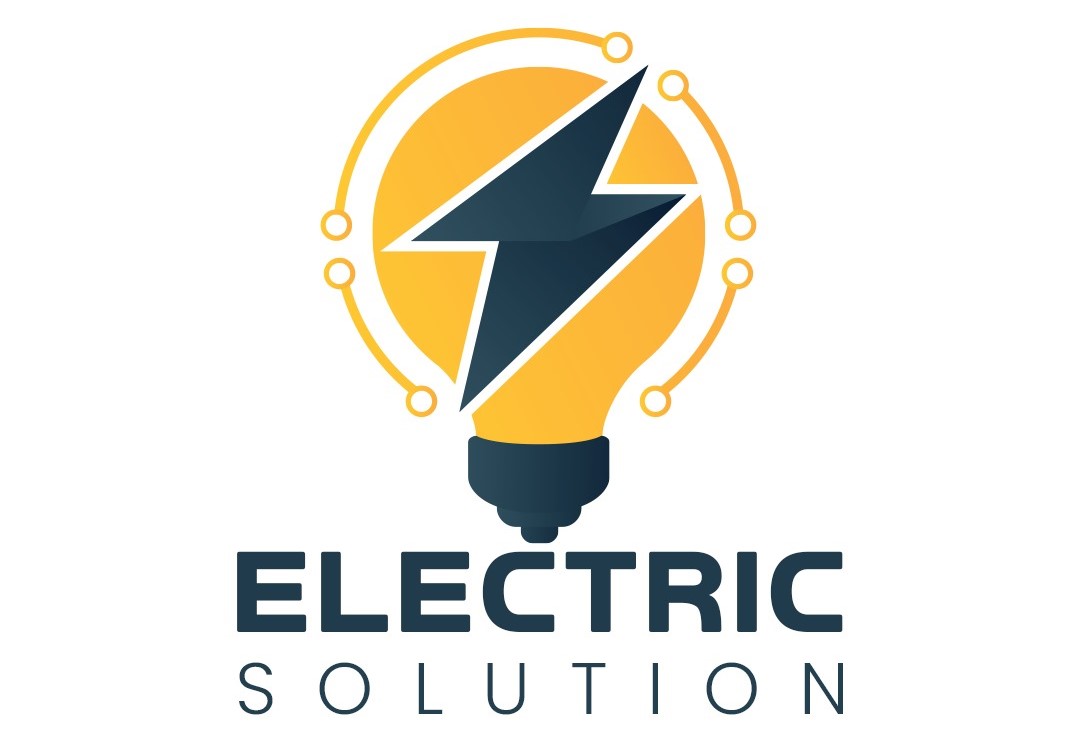The modern world needs solar panels installation as a smart and sustainable answer to escalate energy demands and rising electricity bills. Before installing a 10kVA solar system for residential or commercial purposes it is vital to understand all the essential calculation procedures. The following guide covers the entire installation process of solar systems while explaining calculations and connections together with price information at a practical level.
The establishment of solar panels provides extended value through financial benefits while delivering substantial ecological advantages. Saving between PKR 250,000 to 400,000 per year is achievable through solar system investment with 10kVA capacity during rising energy prices based on usage patterns and power grid rates.
Proper planning and installation of solar power systems allows them to supply electricity for appliances such as home fans and lights as well as refrigerators and air conditioners and water pumps and computers in small office areas resulting in energy autonomy.

1. How to Install a Solar Panel System
To ensure efficiency and safety in solar panel systems several essential installation procedures must be followed.
a) Site Survey
A site assessment takes place prior to installation to evaluate both the roof strength and the panel slope alongside solar accessibility at the location. Rooftops that face south in the northern part of the earth receive the maximum amount of sunlight.
b) Mounting Structure
The solar mounting system finds its position on rooftop surfaces or ground-based surfaces to hold the panels. The panels receive their angle through geographic site calculations (usually at 30°–45°).
c) Panel Installation
The structure receives solar panels which get installed in series or parallel formations according to system voltage and load demands.
d) Wiring and Inverter Setup
The connection between panels and inverter happens through DC wires that permit power conversion from DC to AC format for residential or official usage.
e) Connection to Load and Grid
The power system within your home connects to your inverter device which may optionally link with the electricity grid for net metering services. The installation of protective methods for lightning protection and earthling must follow regulations.

2. Solar System Calculation
Calculating the size of your solar system depends on your energy usage and peak sun hours.
Formula:
System Size (kW) = Daily Power Consumption (kWh) ÷ Average Sunlight Hours per Day
For example, if your home uses 40 kWh per day and you get 5 hours of sun, you need:
40 ÷ 5 = 8 kW system (approx.)
Always add a 20% buffer to ensure performance in cloudy weather or shading.
3. Connection of Solar System
The solar connection can be established in two primary forms:
a) On-Grid System
Connected to the electricity grid. Your system generates extra power which the electricity grid manages through the net metering practice. Good for areas with stable grid supply.
b) Off-Grid System
Installing solar batteries in this system makes it fully independent for power management. Ideal for remote areas with no grid connection.
c) Hybrid System
A combination of both. This system operates with batteries while letting people send power to the electrical network. Best for areas with unreliable grid supply.

4. What is required for a 10kVA Solar System?
The 10kVA solar system will meet energy needs of a medium to large home or small business when their daily consumption level stays between 35–45 kWh. Here’s what you’ll need:
a) Solar Panels
You will require twenty-five to twenty-eight solar panels which produce 400W each.
25 × 400W = 10,000W = 10kW or 10kVA
b) Solar Inverter
A 10kVA hybrid inverter is ideal. A suitable solar system should activate as part of both grid power networks and battery storage.
c) Battery Bank (for Hybrid/Off-Grid)
Powering an off-grid setup demands 10–15 kilowatt-hour (kWh) battery holding space made up of Lithium-ion or Tubular kinds.
d) Mounting Structure & Wiring
The system requires either rooftop or ground-mounted frameworks together with cables and conduits as well as MCBs and SPDs and earthing rods.
e) Installation Space
The installation of a 10kW system needs between 600–800 square feet of space without roof shading.
5. Price of Solar System
The cost of solar panels depends on their quality level and brand along with the system type they implement. The estimated cost composition of a 10kVA solar system in 2025 appears as follows:
| Item | Cost (PKR) |
| Solar Panels | 850,000 – 1,050,000 |
| Inverter (10kVA Hybrid) | 350,000 – 500,000 |
| Battery (optional) | 300,000 – 700,000 |
| Installation & Accessories | 150,000 – 250,000 |
| Total (Estimate) | 1.5M – 2.5M PKR |
Note: Price many vary depending upon models and make
6. Formula of Solar Panel Sizing
These equations let you calculate an accurate solar panel system size:
a) Load Calculation:
Load (W) = Power × Time (hrs)
Using a 100W fan for five hours generates power that reaches 500Wh or 0.5kWh.
b) Number of Panels:
Number of Panels = Total Load ÷ Panel Wattage
Example: 10kWh ÷ 400W = 25 panels
c) Battery Sizing:
Battery Capacity (Ah) = Total Load (Wh) ÷ Battery Voltage
Example: 5000Wh ÷ 48V = 104.16 Ah
Use a 48V, 120Ah battery bank
Final Thoughts
The current energy context makes 10kVA solar system investments stand as one of the best decision points. A comprehensive understanding of solar installation methods and calculation systems and different connection types and system pricing strategies leads to efficient energy output and extended cost benefits.
The adoption of solar power solutions reduces your power expenses simultaneously helping create a sustainable environment on earth. Planning and calculating processes are essential when you want to establish either a standard on-grid connection or a full hybrid solution with backup batteries.
Frequently Asked Questions (FAQs)
1. How long does it take to install a 10kVA solar system?
Solar panel professionals need 2 to 4 days to install either on-grid or hybrid systems according to site conditions.
2. How much maintenance do solar panels need?
Solar panels require minimal maintenance. Periodic monthly cleaning of solar panels with dust removal protects their operational efficiency. The inspection process for wiring and inverters should happen annually.


